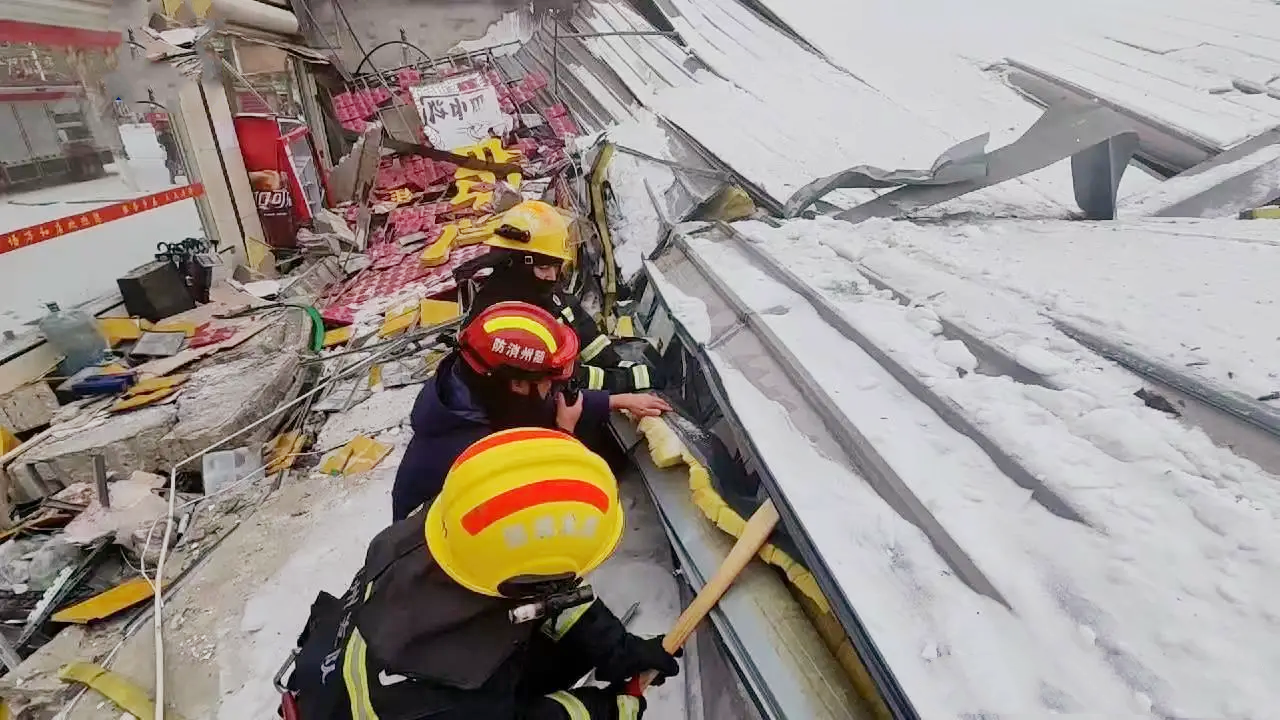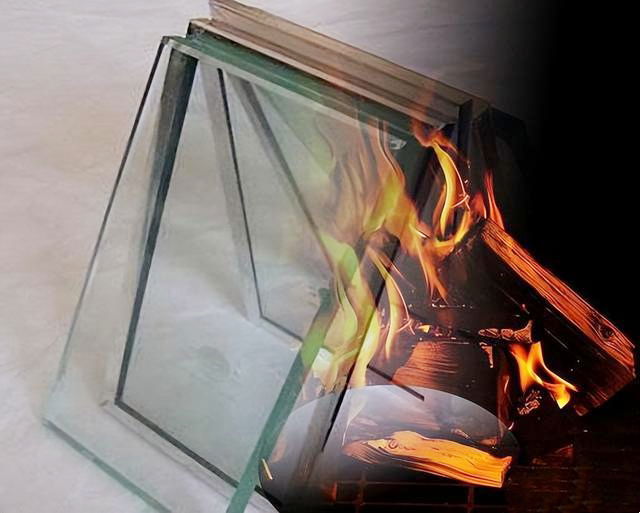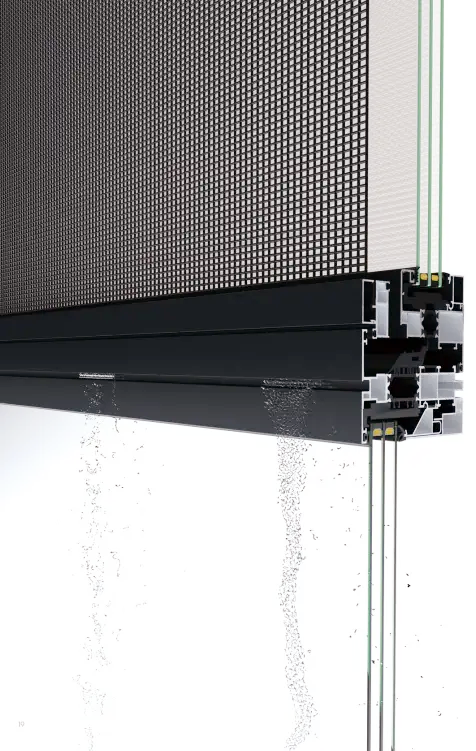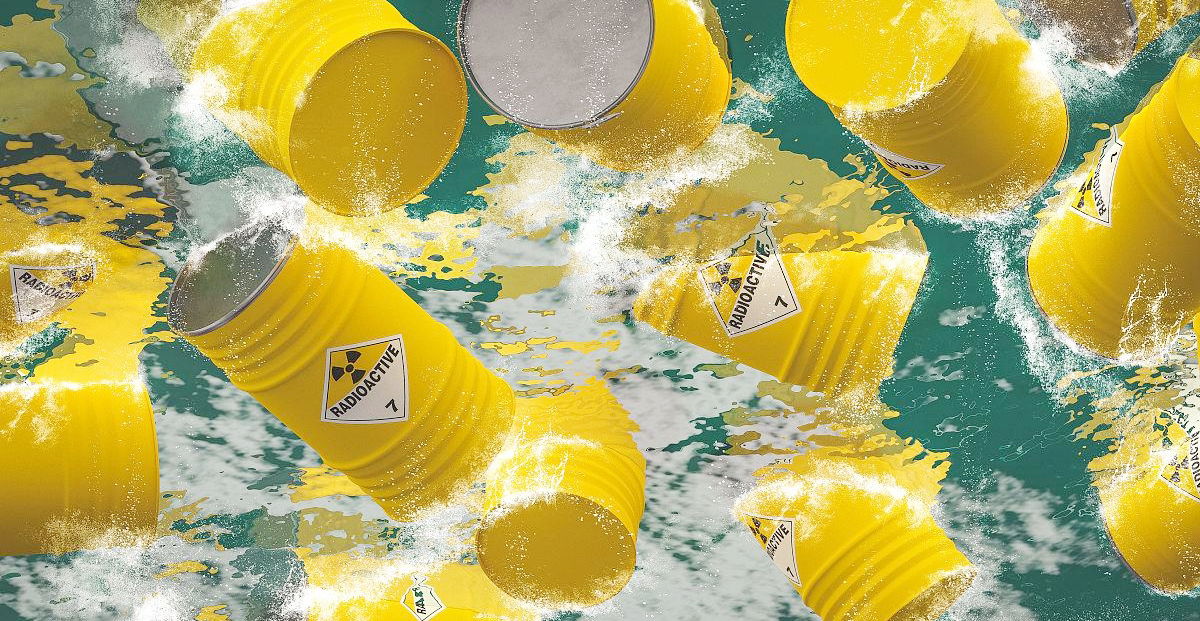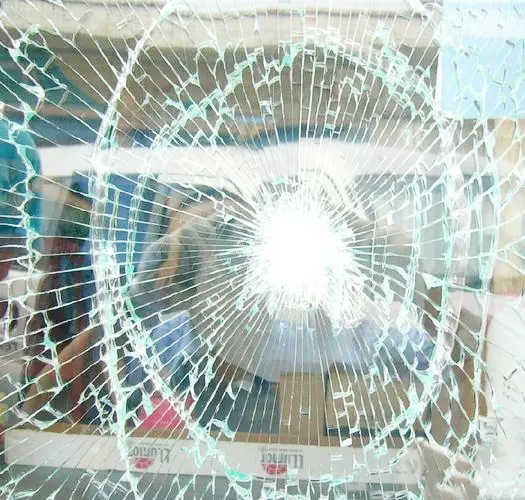EU window and outdoor passage door product standard DIN EN 14351-1 丨 Terminology and requirements analysis.
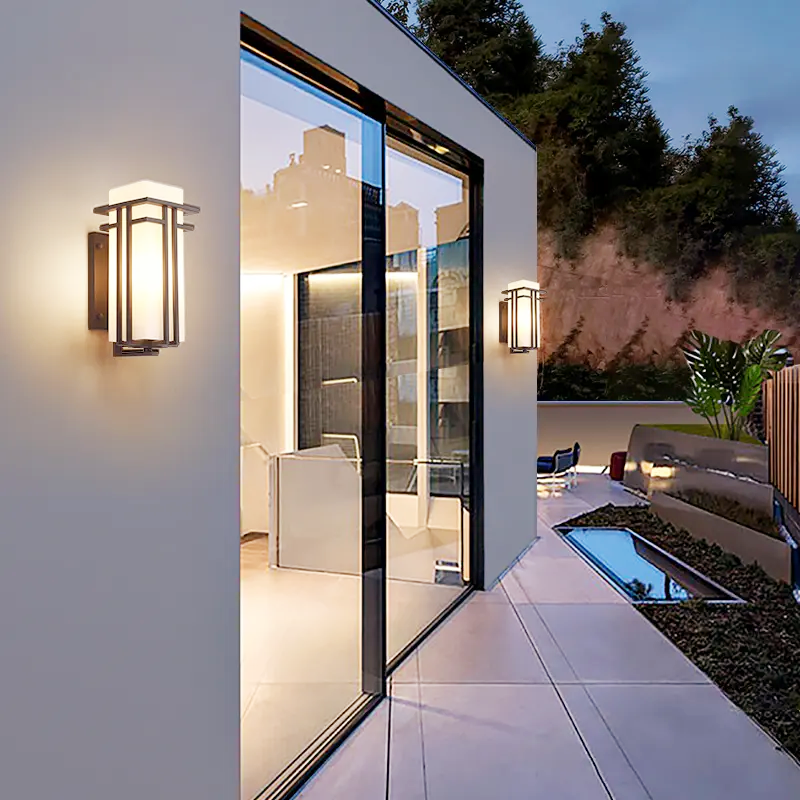
In the EU market, the "CE" mark is a compulsory certification mark to indicate that the product meets the basic requirements of the EU's "New Approach to Technical Coordination and Standardization" directive. This is a mandatory requirement imposed by EU law on products.
Affixing the CE mark on windows and outdoor passage doors can not only prove that their products comply with the safety, environmental protection, hygiene, and consumer protection requirements stipulated in the Construction Products Directive (CPR 305/2011/EU) and its related standards (European Harmonized Standard EN 14351-1) protector. Moreover, it can reasonably circumvent technical trade barriers, sell freely in the European market, and open up other international markets.
Note: EU Construction Product Regulation CPR (Construction Product Regulation) 305/2011/EU fully replaces EU Construction Product Directive CPD (Construction Product Directive) 106/89/EEC, and will be enforced from July 1, 2013
EN 14351-1 Standard designations for windows and exterior passage doors are:
EN14351-1: 2006+A2: 2016 Windows and doors-Product standard, performance characteristics-Part 1: Windows and external pedestrian door setsEN 14351-1:2006+A2:2016 Doors and windows - Product standards - Performance characteristics - Part 1: Windows and exterior passage doors
To obtain CE certification for windows and external pedestrian doors, you need to comply with the product directive: CPR (Construction Product Regulation) 305/2011/EU, and the European harmonized standard: EN 14351-1
Product range covered by EN 14351-1 Windows and Outdoor Passage Doors CE certification:
This European Standard determines material-independent performance characteristics applicable to windows (including roof windows, roof windows with external fire resistance and door-height windows), external pedestrian streets (and their components including frameless glass doors, escape route doors), and screens, except for fire and smoke retardant properties.
EN 16034 specifies the fire and/or smoke resistance properties of pedestrian doors and operable windows.
This European Standard applies to:
a) Fixed windows or fixed lights, manual or electric windows, door-height windows, screens installed in vertical wall openings, and dormers installed in the roof, equipped with:
1) Related hardware (if any);
2) Weatherstripping (if any);
3) Glazed aperture, when planning to have glazed aperture;
4) With or without built-in blinds and/or louvers and/or blinds; and manual or electric windows, roof windows, door-height windows, and windscreen:
5) Fully or partially glazed, including any opaque filling;6) Fixed or partially fixed or openable one or more window sashes/sash (e.g. hinged, protruding, rotating, sliding);
b) Manual external pedestrian doors with flush or paneled leaves, equipped with:
1) Integrated fan light (if any);
2) Contained within a single frame to contain adjacent parts in a single hole, if any window covered by this standard has not been evaluated for its release (opening) ability. The products covered by this European Standard have not been evaluated for structural applications.
This European Standard does not apply to:
1) Ceiling lights by EN 1873 and EN 14963;
2) Curtain walls in accordance with EN 13830;
3) Industrial, commercial, and garage doors in compliance with EN 13241 Outdoor access doors in compliance with prEN 14351-2;
4) revolving doors;
5) Electric outdoor aisle doors by EN 16361;
6) Windows intended to be part of an internal partition
CE certification for windows and exterior pedestrian doors – Certification process:
1. Determine the product type that requires certification and submit an application
2. Determine the European Product Directive, windows, and external pedestrian doors need to comply with the new EU Construction Products Regulation CPR 305/2011/EU
3. Determine the European harmonized standard. Windows and external pedestrian doors must comply with the harmonized standard EN 14351-1
4. Test and evaluate according to the CPR directive and harmonized standard EN 14351-1, and the EU Notified Certification Body conducts testing and certification according to certification system 3
5. Obtain test reports and certificates issued by the EU Notified Body
6. Issue product performance statement (Declaration of Performance)
7. Add the CE mark with the notified body code on the product packaging
8. Free sales in the European market
The product standard for windows (DIN EN 14351-1) supports objective comparisons and neutral product tendering because it is based on the "performance principle". Here, products are evaluated based on their characteristics. In the case of windows, 24 properties must be verified by independent testing bodies (notified bodies) or according to tables in building standards and mentioned in the CE marking. According to the law, only specified characteristics need to be demonstrated; in Germany, these specified characteristics would include:
- Wind load resistance
- Water tightness
- For heated residential buildings, the thermal conductivity coefficient (U-value) according to the EnEV standard and
- Radiation properties of glass
- Airtightness
Figure 1 The CE standard marking for windows
Other features, such as sound insulation or anti-theft properties, can be requested in the tender documents. However, the CE mark is not a quality mark because according to the regulations, the windows only need to be tested in a new condition. The manufacturer must be solely responsible for ensuring adequate performance. This may be references and personal recommendations, or the window manufacturer has a quality certificate. Under quality specifications, windows must meet higher standards and must be opened and closed at least 10,000 times before being tested. In addition, manufacturing companies are monitored annually by independent quality inspectors.
According to the DIN EN standards, like other DIN standards, they are technical recommendations and are not directly legally binding. The question of when DIN EN standards may become legally binding needs to be distinguished from the perspective of civil law and construction law: in terms of civil law, the key is whether the finished product produced is defective at the time of acceptance. It is usually necessary to check whether the product complies with technically accepted rules. Technical specifications are construction technical rules that are scientifically accepted as theoretically correct and proven to be effective in practice; that is, these rules are universally recognized and successfully applied in practice by technical personnel with the necessary background knowledge for evaluation. According to the jurisprudence of the German Supreme Court, DIN standards (DIN EN standards) can reflect or lag behind recognized technical specifications. However, there is a rebuttable assumption that compliance with the DIN standards (DIN EN standards) fulfills the requirements of the general technical regulations.
Suitable for manually or power-operated windows, window doors, and skylights according to DIN EN 14351-1, as well as for composite units installed in wall openings and pitched roof windows. This includes associated hardware, sealing strips, fixed glazing, installed roller blinds, and roller blind boxes - and also includes manually operated exterior doors with integrated skylights and adjacent side panels. This European Standard does not apply to windows and doors with smoke and fire protection requirements, skylights, curtain walls, doors, interior doors, turnstiles, and windows in escape routes.
Requirements for windows, doors, and exterior doors according to DIN EN 14351-1 Chapter 4
Wind load resistance(mandatory performance)
Figure 2 The wind load resistance(mandatory performance)
Wind load resistance was tested according to EN 12211 and classified according to EN 12210.
Resistance to snow loads and sustained loads(Mandatory features for roof windows)
Figure 3 Resistance to snow loads and sustained loads(Mandatory features for roof windows)
The manufacturer must provide sufficient information about the filler (filler/glazing) of the roof window assembly to determine the load-bearing capacity of the filler (filler), such as information on glass thickness and type.
Note: Sustained loads, such as dead loads, typically occur in tilted glass. Special mention must be made here of roof windows. For information on the definition of permissible inclinations for vertically mounted components, see Chapter 1 1.1 of the DIBt Technical Rules for Linear Glazing.
Fire performance
Figure 4 The fire-resistant properties
Within the scope of DIN EN 14351-1, the term "fire-resistant properties" refers to fire-resistant properties and external fire protection. Special provisions for windows (which may include exterior passage doors may be included here) may be derived from the Model Building Regulations (MBO). This means that combustible building materials in windows and doors are allowed to a certain extent. One of the main requirements for fire performance in Germany is that at least generally flammable building materials must be used. This has also led to requirements from German building authorities that information must be provided on the fire performance of the building materials used. DIN EN 14351-1 only requires information on the fire performance of roof windows.
Water tightness(mandatory performance)
Figure 5 The water tightness(mandatory performance)
Water tightness is one of the basic properties of windows and exterior doorways. However, there are no watertightness requirements in German construction law. Therefore, it makes sense for planners and architects to tender separately. In the test according to DIN EN 1027, the specimen is sprayed with water through a nozzle while static pressure is applied. It is classified according to the pressure at which water intrusion has not yet occurred. Watertightness levels range from level 1A to a maximum of 9A. The higher the rating, the better the doors and windows will seal against rainwater seeping into one side of the room (or into the building). In the case of outdoor aisle door structures, class 6A can be achieved under direct weathering, which is equivalent to a test pressure of 200 Pa. However, more sophisticated design measures are required. If the outdoor passage door structure is protected from rainwater using vestibules and structural measures such as canopies and arcades, the waterproofing requirements do not apply.
The hazardous substances
Figure 6 The hazardous substances
To the extent that available technology permits, manufacturers must describe products of materials that, when used as intended, are subject to emissions or migration and whose emissions or migration into the environment may pose a risk to hygiene, health, or the environment. Depending on the legal requirements of the intended destination country, manufacturers must prepare and submit appropriate component descriptions.
The impact resistance
Figure 7 The impact performance testing
Impact performance testing simulates impact loads typically coming from outside a window or exterior doorway. Essentially, the performance of the window structure is evaluated, i.e. the connection of the filler (glass) to the frame structure. This test is not designed to evaluate the strength of glass used as filler. The suitability of the filler, especially when using glass (safety glass and glass thickness), must be determined and proven individually, taking into account the application. The impact resistance test was carried out according to DIN EN 13049, dynamic loading induced by a falling heavy impact body (twin tires). Five drop heights are defined. In this case, the manufacturer will deliver the test sample complete and ready to run in a suitable enclosure.
Article Source: ift Rosenheim
Disclaimer: The above views do not represent the position of LIJIANG Glass, and the copyright belongs to the original author and source. The content of News is the author's personal opinion, and it does not mean that LIJIANG Glass agrees with his opinion and is responsible for its authenticity. LIJIANG Glass only provides references and does not constitute investment and application advice.


